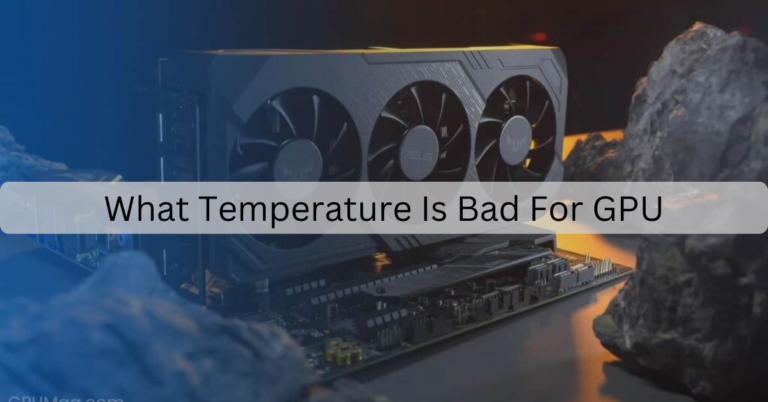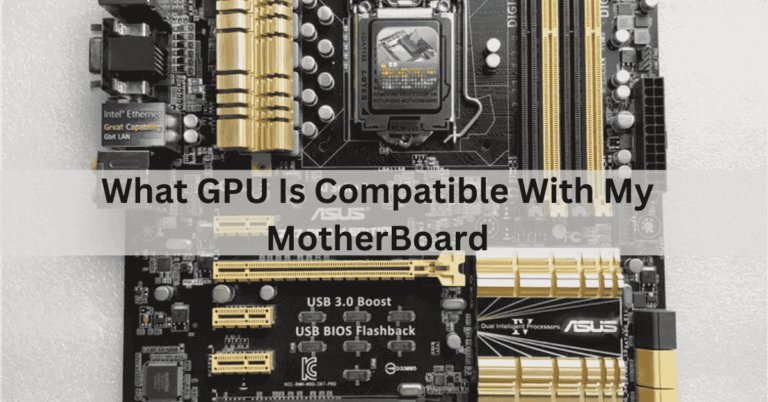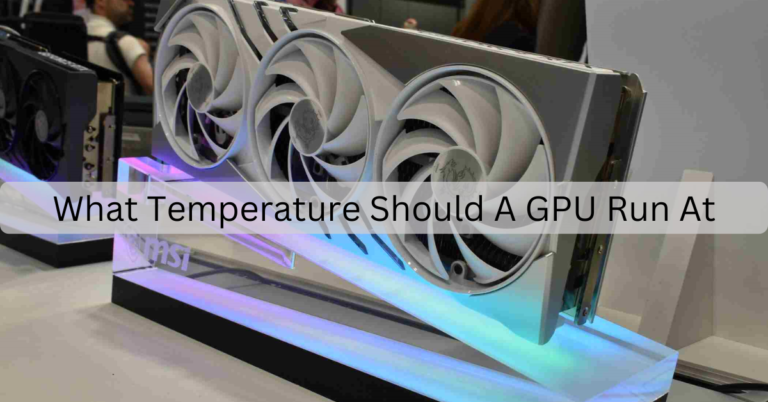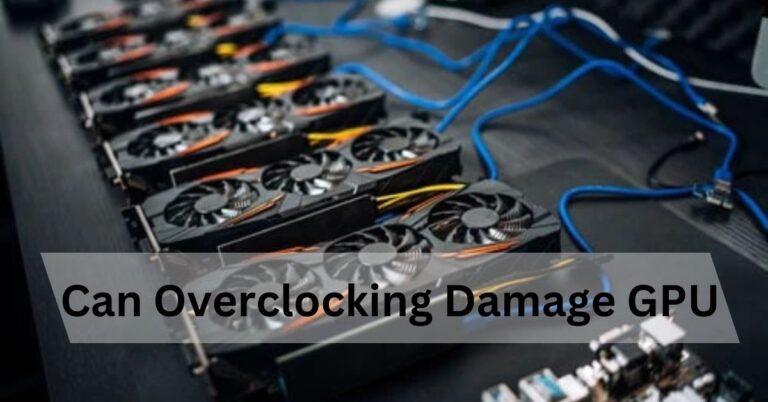GPU Only Works in Second Slot – Quick Fixes!
I noticed my GPU only works in the second slot, leaving me wondering what was wrong. After some troubleshooting, I found a simple fix that got everything running smoothly again!
If your GPU only works in the second slot, it could be due to a faulty primary slot, motherboard issue, or BIOS settings. Try updating the BIOS or check the motherboard for any damage or compatibility issues.
In this article, we’ll explore the common issue of a GPU only working in the second slot. We’ll discuss possible causes, such as hardware problems or BIOS settings, and provide practical solutions to get your GPU functioning correctly.
What to Check If Your GPU Only Works in the Second Slot?
If your GPU only works in the second slot, the first step is to check the physical connections. Ensure that the GPU is securely seated in the slot and that any power connectors are properly attached. Sometimes, dust or debris can cause a poor connection, so cleaning the slot and the GPU contacts may help. Additionally, inspect the first slot for any visible damage or bent pins that might prevent the GPU from functioning correctly.
Next, consider updating your motherboard’s BIOS. Outdated firmware can lead to compatibility issues, causing the GPU to work only in certain slots. After the update, try removing the GPU and placing it back in the first slot. If the problem persists, test the GPU in another system, if possible, to determine if it’s a hardware issue with the GPU itself or the motherboard.

Simple Steps to Fix a GPU That Won’t Work in the First Slot!
Check Physical Connections:
- Power Off Your PC: Ensure the computer is completely powered down and unplugged.
- Remove the GPU: Carefully take the GPU out of the first slot.
- Check the Slot: Look for any dust or dirt inside the slot.
- Clean the Contacts: Use a soft cloth or compressed air to clean the GPU contacts.
- Reinsert the GPU: Carefully put the GPU back into the first slot, making sure it fits securely.
- Check Power Connectors: Ensure that all power cables are firmly connected to the GPU.
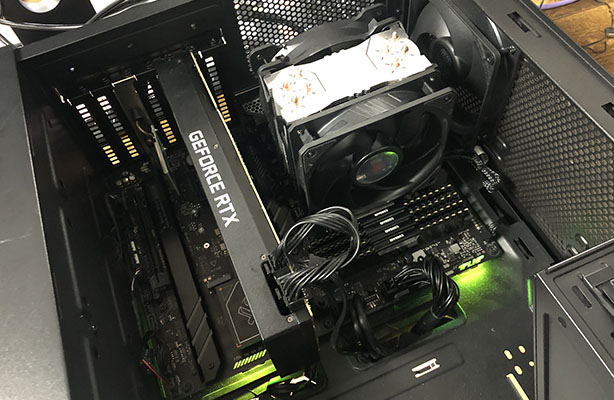
Update the BIOS:
- Visit the Manufacturer’s Website: Check for the latest BIOS version available for your motherboard.
- Download and Install the Update: Follow the steps given by the manufacturer to update the BIOS.
- Restart Your PC: After the update, turn your computer back on and check if the GPU is recognized in the first slot.
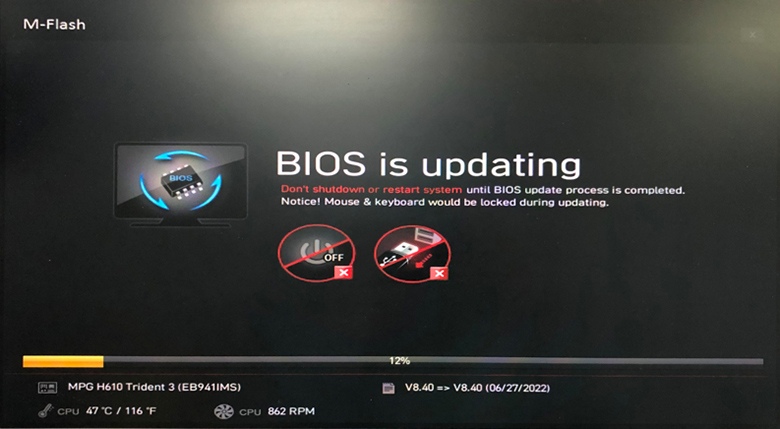
Test the Hardware:
- Try Another System: If the GPU still doesn’t work, test it on a different computer to check for hardware failure.
- Test Another GPU: Alternatively, try a different GPU in the first slot to see if the problem is with the motherboard.

How Can I Solve My GPU Only Working in the Second Slot?
If your GPU is only working in the second slot, start by checking the physical connections and settings. First, power off your computer and carefully remove the GPU from its slot. Inspect both the GPU and the slot for any dust or debris that may be causing a poor connection. Cleaning the connections and making sure the GPU is properly seated when you put it back in can often fix the problem. Additionally, check your power supply to ensure that it’s providing adequate power to the GPU.
Next, consider updating your motherboard’s BIOS to improve compatibility with your GPU. An outdated BIOS can lead to various issues, including slot recognition problems. After updating, reboot your system and check if the GPU is now functional in the first slot. If the issue persists, it may be worth testing the GPU in another system or trying a different GPU in the first slot to determine if the problem lies with the GPU or the motherboard itself.

Understanding Why Your GPU Only Works in the Second Slot?
Common Hardware Issues:
One of the main reasons your GPU might only work in the second slot is a hardware problem. This can include a damaged first slot on the motherboard or faulty pins that prevent a proper connection. Sometimes, the GPU itself may have issues that affect its compatibility with specific slots. Checking for any visible damage can help you identify the root cause. If hardware issues are the problem, replacing the damaged parts may be necessary.
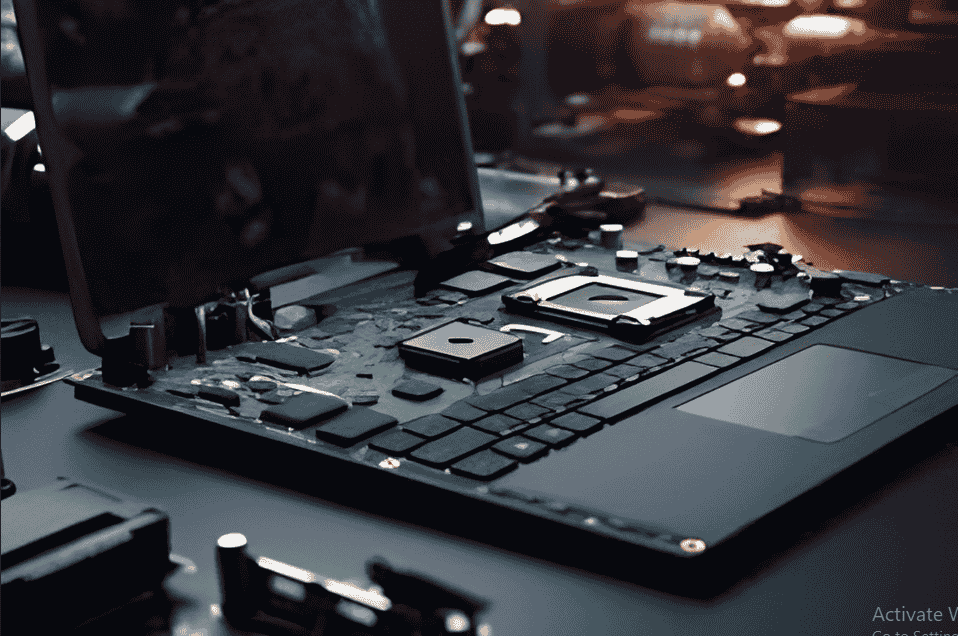
Motherboard Compatibility:
Another reason your GPU only works in the second slot could be related to motherboard compatibility. Some older motherboards may not fully support newer GPUs, leading to issues in the primary slot. This can happen if the motherboard’s chipset isn’t compatible with the GPU’s requirements. Checking the manufacturer’s website for compatibility lists can help you understand if your motherboard is the issue.
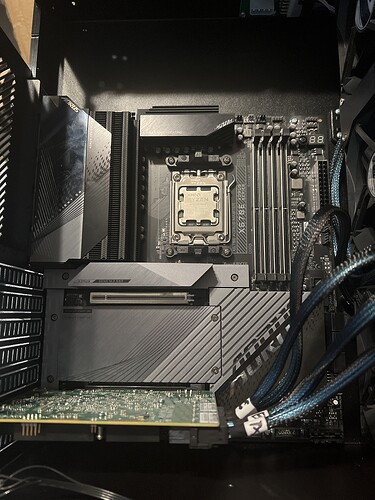
BIOS Settings and Updates:
BIOS settings can also affect how your GPU is recognized by the system. An outdated BIOS may not properly support newer graphics cards, which can result in them only working in certain slots. Updating the BIOS can usually fix these compatibility problems. Additionally, checking the BIOS settings for any configuration related to PCIe slots may help ensure the first slot is enabled and functioning correctly.

Why Isn’t My GPU Working in the First Slot? Common Reasons!
If your GPU isn’t working in the first slot, several common reasons could be at play. One possibility is a faulty connection between the GPU and the motherboard. Dust, dirt, or damage to the slot can stop the GPU from making a good connection, causing it not to be recognized. Additionally, if the GPU requires more power than the first slot can provide, it may not function correctly. Checking for any visible damage and ensuring a clean, secure fit can help identify this issue.
Another common reason for a GPU not working in the first slot is related to BIOS settings or compatibility. An outdated BIOS may not recognize newer GPUs properly, causing them to work only in secondary slots. Additionally, certain motherboards may have configuration settings that prioritize specific slots or limit power to the first slot. Updating the BIOS and checking settings can often resolve these issues and restore functionality to the first slot.

What to Do When Your GPU Refuses to Work in First Slot?
When your GPU refuses to work in the first slot, the first step is to troubleshoot the physical connections. Power off your PC, unplug it and carefully remove the GPU. Inspect both the GPU and the PCIe slot for any dust, debris, or visible damage. Clean the contacts with a soft cloth or compressed air, then reseat the GPU firmly in the first slot. Ensure that all power connectors are securely attached, as loose connections can often lead to malfunction.
If the GPU still doesn’t work in the first slot, consider updating your motherboard’s BIOS. An outdated BIOS can cause compatibility issues, so visit the manufacturer’s website to download the latest version. After updating, restart your computer and check if the GPU is recognized in the first slot. If the problem persists, test the GPU in another system to rule out hardware failure or try a different GPU in the first slot to determine if the issue lies with the motherboard.
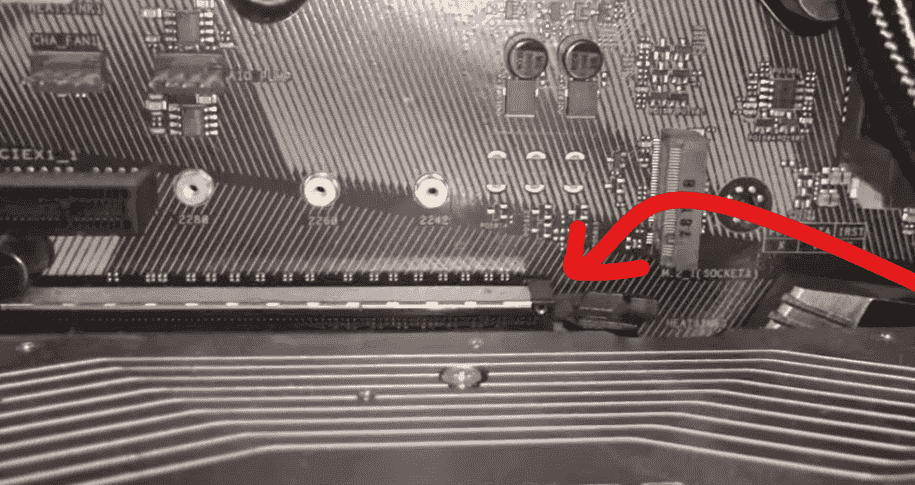
FAQs:
Why is my GPU only working in the second slot?
Your GPU might be working only in the second slot because the first slot has a problem, like damage or a loose connection.
How can I check if the first slot is broken?
You can check by cleaning the first slot and reinserting the GPU. If it still doesn’t work, try a different GPU in that slot to see if it functions.
Does dust affect my GPU’s performance?
Yes, dust can prevent a good connection between the GPU and the slot. Cleaning both parts can help improve the situation.
What should I do if my BIOS is outdated?
Go to your motherboard’s website to find the latest BIOS update. Follow the instructions to install it, then see if your GPU works in the first slot.
Can BIOS settings impact my GPU’s performance?
Yes, certain settings in the BIOS can affect how the GPU works. Check if the first slot is enabled in your BIOS settings.
How do I know if my power supply is strong enough?
Check the wattage needed for your GPU and compare it to what your power supply provides. If it’s too low, you may need a stronger power supply.
Could my GPU not be compatible with my motherboard?
Yes, some older motherboards may not support newer GPUs. Look on the motherboard manufacturer’s website to check compatibility.
What if my GPU works fine on another computer?
If your GPU works on another computer, the issue could be with your original motherboard or power supply. More troubleshooting may be needed.
Can a damaged motherboard cause my GPU to fail in the first slot?
Yes, if the motherboard is damaged, especially the PCIe slot, it can prevent the GPU from working properly. Look for any visible signs of damage.
Should I ask for help if I can’t fix the problem?
If you’ve tried everything and the GPU still doesn’t work in the first slot, it might be best to consult a professional for help.
Final Words:
In conclusion, if your GPU only works in the second slot, it’s essential to identify the cause. Start by checking physical connections and cleaning both the GPU and slot. Updating your BIOS can also resolve compatibility issues. If problems persist, testing the GPU in another system may help determine if the issue is with the GPU or the motherboard.



